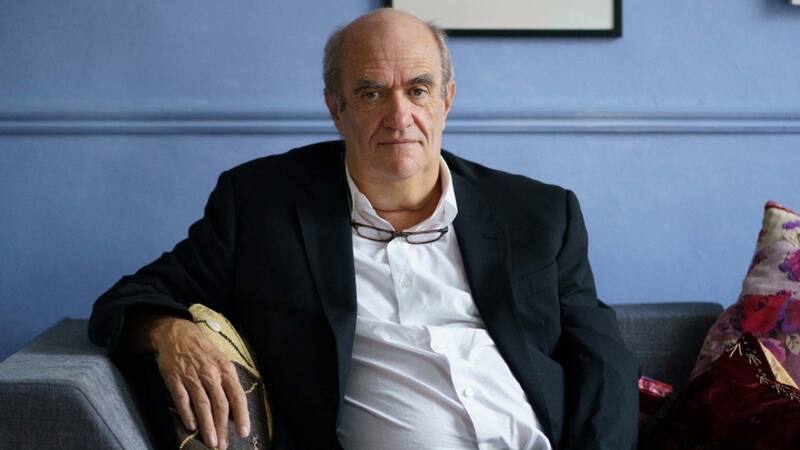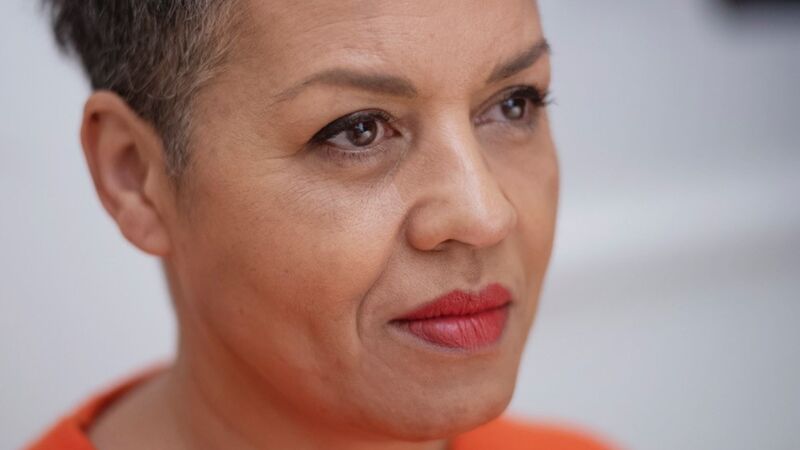You are viewing your 1 free article this month. Login to read more articles.
Books from Scotland: the big picture
It feels slightly strange to be writing this introduction to the Books from Scotland special (in partnership with Creative Scotland) as the world, and the world of Scottish books, has changed greatly, perhaps even irrevocably, since we started planning these features some months ago. The impact the coronavirus will have on Scottish publishers, booksellers, authors, agents, libraries and festivals—in short, Scotland’s entire books industry—is substantial, very real and absolutely immediate. It would be unrealistic to pretend that the next year or two will be anything but challenging for most of the sector.
Even so, there are many reasons to be optimistic (even if cautiously so) about the next few months and years. Spending even just a brief amount of time in the Scottish books world will give readers an appreciation of the strength and depth of talent and innovative spirit on hand, and give an insight into why it is one of the most vibrant of the UK’s cultural sectors.
That vibrancy is undoubtedly partly due to the changing face of modern Scotland itself. In the past few decades—particularly, it could be reasonably argued, since devolution—the country has become more and more of a dynamic, progressive and outward-facing nation. Its arts, and its publishing sector, have both reflected and helped to drive that.
Perhaps the most interesting thing about the Scottish book scene is how diverse and cutting-edge it is. We have showcased just a handful of the new voices of modern Scottish literature across this special, including the Cairo-born, Aberdeen-based author Leila Aboulela; the working-class queer Glaswegian kid-turned- fashion designer-turned-acclaimed novelist Douglas Stuart; and Melanie Reid, the high-flying journalist who writes movingly and humorously, but in a very honest and clear-eyed manner, of adjusting to a life with a disability after she was paralysed following an accident.
That is not to say that Scottish publishing is neglecting its rich history or impressive literary past. Far from it. For example, there is raft of publishing coming out in 2020 around the 700th anniversary of the Declaration of Arbroath (the seminal document of national sovereignty that many say was the basis for the United States’ Declaration of Independence), while the centenary of the birth of poet Edwin Morgan, the first Scots Makar, will be celebrated by a number of publishers. Even in this heritage publishing, the output seems so fresh and up to date, among them Birlinn’s handsome Edwin Morgan Twenties editions.
The Scottish book trade entered 2020 off an incredibly strong year. Physical book sales rose across the country for the fifth consecutive year in 2019; the Edinburgh International Book Festival welcomed a record 265,000 attendees; a string of new indie bookshops opened (including Topping & Company and the Portobello Bookshop in Edinburgh); and another Edinburgh bookshop, Golden Hare Books, was crowned the UK’s best indie at the British Book Awards. Meanwhile, major award wins included Sandstone Press-published Celestial Bodies by Jokha Alharthi (translated by Marilyn Booth) winning the International Booker Prize.
Scotland’s book sector, therefore, enters whatever Covid-19 choppy waters lie ahead in a position of relative strength. There will be testing times: publication schedules will be reshuffled, bookshops will have to scramble to get back to full working order once lockdowns are lifted, the lack of Edinburgh and other festivals will be a blow to book sales, authors’ incomes will suffer... and so on. It will be a while before normality returns. But Scotland’s industry has enough talent, know-how and resilience to see it through.
Read the full Books from Scotland Special here, in partnership with Creative Scotland.
















